How Traditional Dance Reminds Us of Cultural Identity
26 February 2025
Have you ever watched a traditional dance performance and felt an intense connection to the past? Traditional dance isn't just about rhythm, movements, or vibrant costumes. It's a vivid storytelling medium—a bridge between the past and the present. These ancient movements are much more than just steps; they carry generations of beliefs, values, and cultural heritage. In many parts of the world, traditional dance serves as a living reflection of cultural identity, threading the values of ancestors into the fabric of today's society. But how exactly does traditional dance remind us of cultural identity?
Let’s dive deeper into the fascinating world of traditional dance and discover how its vibrant beauty reminds us of who we are, where we come from, and how our ancestors lived.
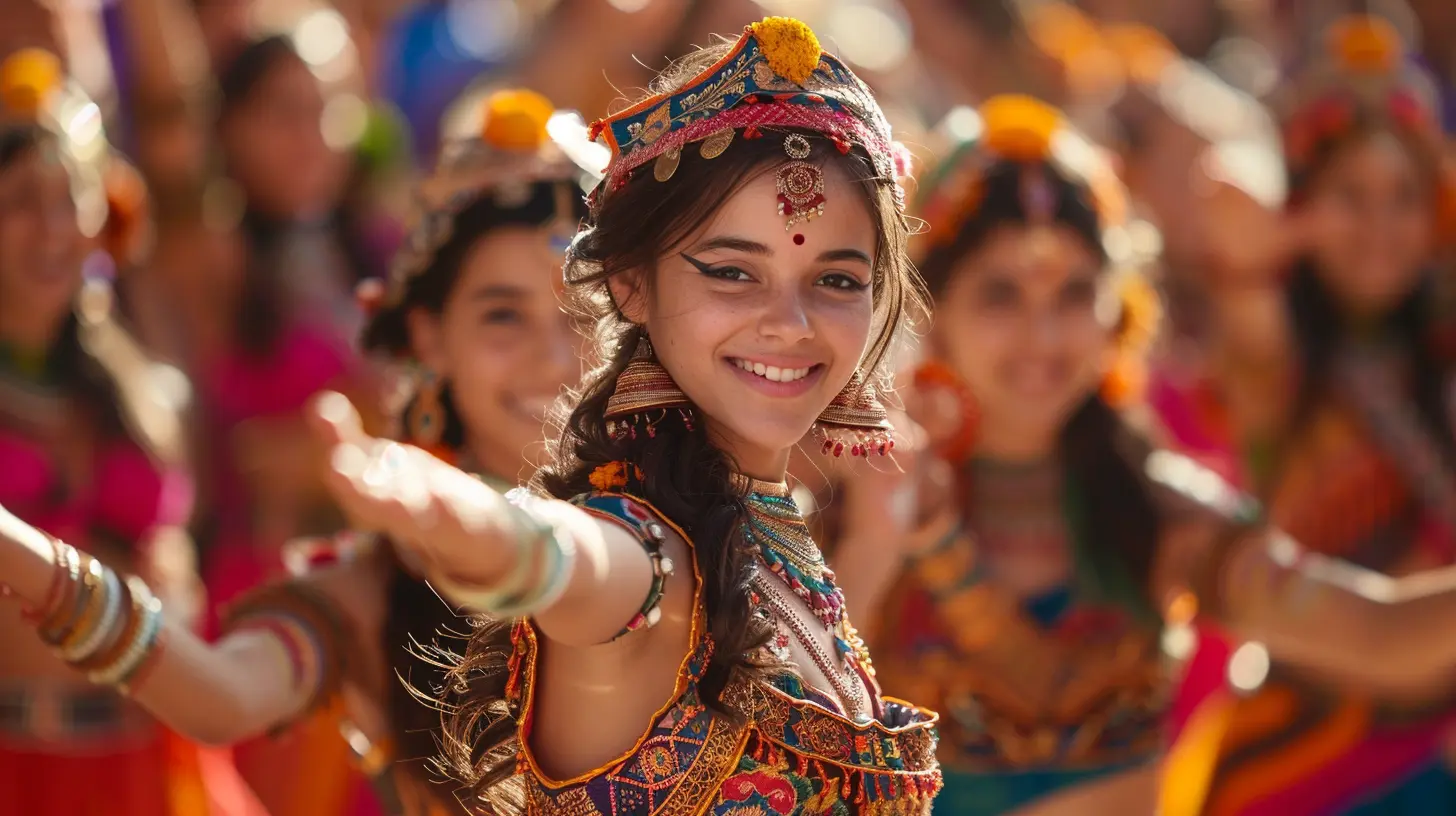
The Cultural Tapestry Woven Through Dance
All over the world, each country, region, and even individual communities have unique dances that tell their stories. Whether it’s the Hula of Hawaii, the Flamenco of Spain, or the Kabuki of Japan, traditional dance weaves together a deep tapestry of cultural values. These dances reflect everything from religious practices, social structure, war victories, and even nature’s influence on a particular people group.Imagine a world with no written records. How would a community express its beliefs, morals, or key life events? Through traditional dance! In many ways, it was (and still is) the living history of a people, passed from one generation to the next. The essence of culture lives in these movements, providing us with an intimate glimpse into another world. It’s a literal "dance through time."
Dance as Storytelling
Traditional dances are far from random movements or entertainment. They are often highly choreographed with meanings tied to every step or gesture. Every pirouette, hand movement, or leap is a part of a narrative. Take the Native American Hoop Dance for example, where each hoop symbolically represents elements of the natural world—like animals, seasons, or celestial bodies.The Indian Bharatanatyam dance, one of the oldest forms of classical dance, tells tales from Hindu mythology. Dancers use their bodies, eyes, and mudras (hand gestures) to communicate stories. This visual storytelling connects audiences to their religious beliefs and legends, reinforcing cultural identity in a performance that captures the very essence of Indian history and spirituality.
Dance and Community Identity
Traditional dances serve almost like a cultural fingerprint. No two are exactly alike. For instance, Ireland's traditional dance is highly rhythmic and precise, a symbol of the communal unity and the resilience of Irish people. The Polynesian hula reflects the Polynesian love of the land and their deep-rooted connection with nature.The act of performing or watching a traditional dance is a shared experience. It's a communal activity where everyone can feel a sense of pride in their cultural background. For many, these dances act as an anchor, reminding people about the importance of their heritage—even in rapidly changing, modern times.
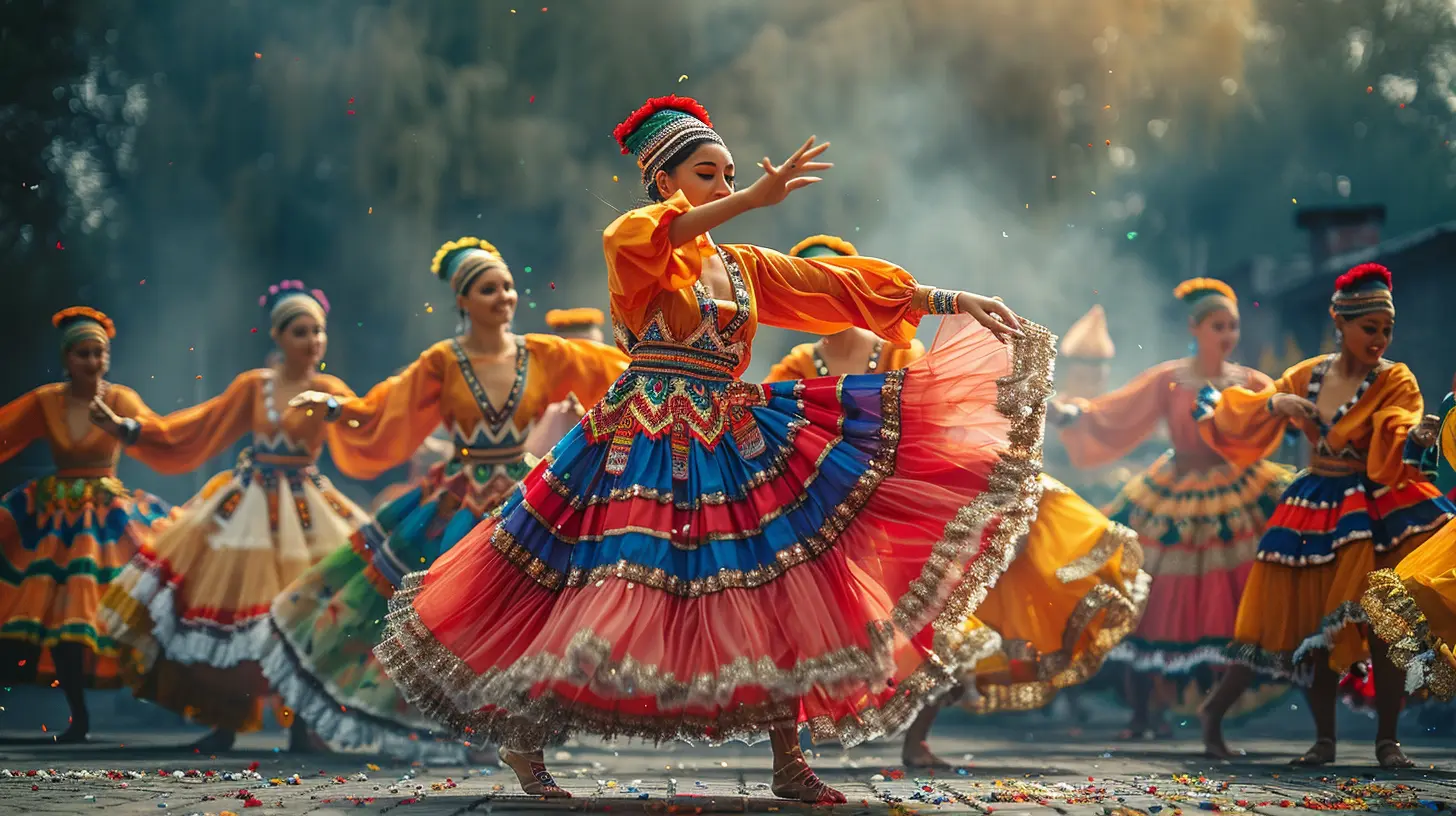
The Role of Traditional Dance in Preserving Cultural Identity
In a world where globalization often pushes homogenization, traditional forms of expression (like dance) become even more significant. It becomes a way to resist the erasure of unique identities. Traditional dance is an art form that operates as a cultural guardian—protecting and preserving traditions that might otherwise be lost.Dance as a Form of Cultural Resistance
History shows us that many societies have used dance as a form of resistance when foreign powers or other external forces tried to suppress their culture. For example, during colonization, many indigenous cultures used traditional dance as a way to hold on to their customs and express their identity.Take the Māori Haka dance from New Zealand, which was originally performed by warriors before battle as a display of strength and unity. Even though it was suppressed during colonial times, it has made a strong resurgence today, not just as a war dance, but as a symbol of Māori pride and cultural identity. It’s now performed at rugby games, weddings, and other public celebrations, constantly reminding people of Māori roots and traditions.
A Resurgence in the Modern World
Though traditional dances may not be as popular as modern dance forms, we are seeing a resurgence in many parts of the world. Why? Because people have started realizing the importance of preserving their roots. Whether through YouTube videos or global dance competitions, traditional dance forms are finding new life in today’s connected world.Governments, cultural organizations, and communities are highlighting the importance of traditional dance for promoting unity and identity. In countries like Indonesia and India, traditional dance is taught in schools as a part of preserving invaluable cultural lessons. TikTok and Instagram are even helping to spotlight traditional dances in creative new ways, keeping the flames of culture alive for younger generations.
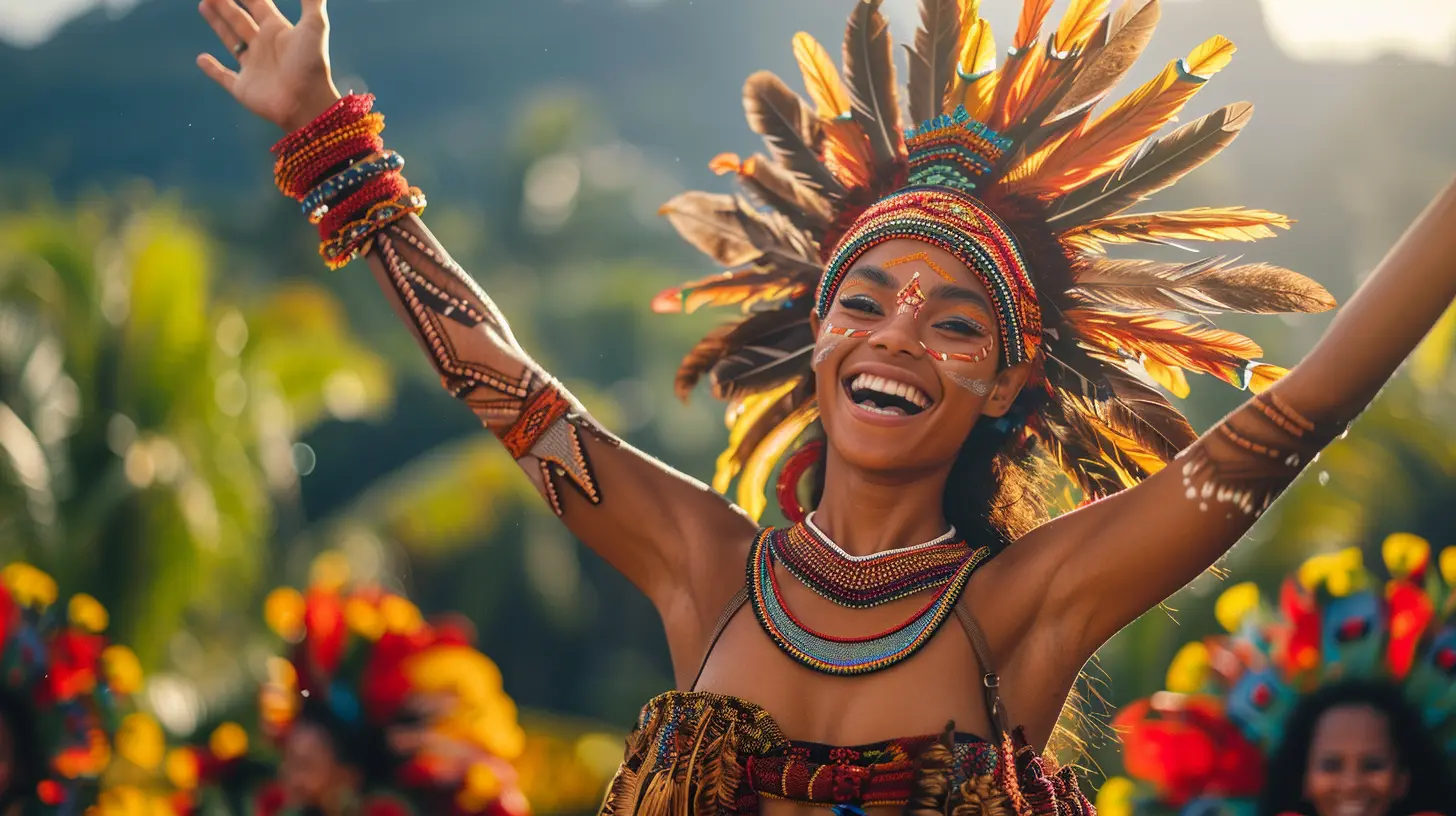
Dance Reflects Beliefs and Values
At the core of any traditional culture are its values—and they ripple throughout every aspect of life, including its dance. Across different cultures, traditional dances serve as mini-cultural windows into the beliefs of the society they represent.In African tribal dances, you can see the community's connection to their ancestors and the Earth. Dance is used in rituals, including births, deaths, and harvest festivals. It's a celebration of life, death, and everything in between.
The Tinikling dance of the Philippines is about adaptability and hard work, as dancers nimble-footedly hop between two clashing bamboo poles. Originating as a tribute to the laborers who worked in the rice fields, it reminds participants of the value of perseverance and agility in difficult times. These values are embedded not just in the songs and movements, but in the very mindset of the cultural community.
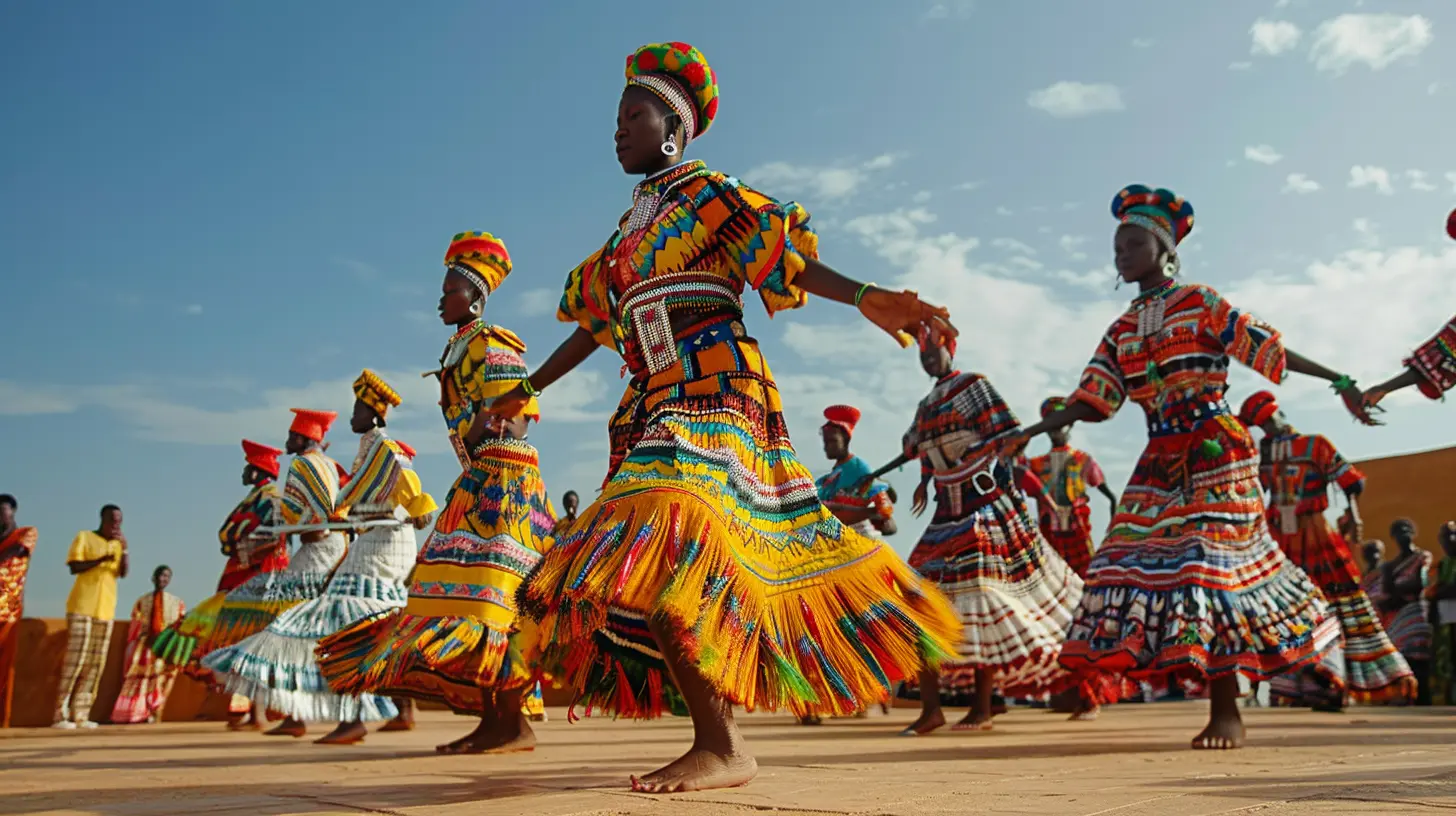
The Emotional Power of Dance
One thing dance does better than almost any other art form is evoke emotion. The movements, music, and costumes all work together to pull at our heartstrings and stir something deep within us. Why? Because it’s raw. It’s human. It's powerful.A large part of why traditional dance is so closely tied to cultural identity lies in its ability to capture and convey emotion. When you watch a traditional dance performance, it's not just visual—it's emotional. It stirs up feelings in the dancers and the audience alike. Think about the Samba from Brazil. That electrifying energy isn’t just about footwork; it’s a burst of joy, resilience, and celebration of life, all rolled into one.
Dance as Catharsis
Traditional dances often serve as outlets for emotional catharsis. In many societies, dance plays a role in significant life events, from weddings and births to funerals, functioning as a ceremonial act that allows people to express emotions they might otherwise struggle to articulate in words.For instance, the Greek Zorba Dance begins slow and steady, only to crescendo into a fast, frenzied pace. It’s not just a dance, but an emotional release that mirrors the ups and downs of life. The dance is a reminder that despite life's hardships, we endure and celebrate together.
Passing Tradition to Future Generations
A dance is only as alive as the people who continue to perform it. But in today's fast-paced world, how do we ensure that traditional dances remain a part of our identity? The answer lies in education and transmission.Teaching traditional dance to younger generations is key to the preservation of culture. Through practicing these movements, young people are not only learning the steps but embodying the stories, struggles, and triumphs of their ancestors. They are continuing the legacy of their people.
In many cultures, traditional dance is taught from an early age, often as a rite of passage. Take for example the Balinese Legong dance, practiced diligently by young girls, or the strict training in Russian folk dance, where children are trained in both technique and the history behind the steps.
A Living Tradition
The beauty of traditional dance is its versatility to adapt over time while still retaining its core meaning. This ability to evolve ensures that traditional dance stays relevant in modern times. While contemporary dancers may add their own flair to a traditional routine, the essence of the culture is still intact, reminding everyone that the past isn't so far away after all.
Conclusion: Why Traditional Dance Matters
In a time where trends come and go in the blink of an eye, traditional dance remains steadfast. It's a unique and beautiful way for communities to keep their cultural identity alive and share their heritage with others. Whether it's through the rhythm of drums or the elegance of flowing costumes, traditional dance constantly reminds us of where we come from, who we are, and where we are headed.The next time you’re lucky enough to witness a traditional dance—whether it’s at a cultural festival or a simple family gathering—look a little closer. You’ll see more than just a dance. You’ll see history, values, and a living, breathing symbol of a culture’s heart and soul.
all images in this post were generated using AI tools
Category:
Cultural ExperiencesAuthor:

Tracie McAdams
Discussion
rate this article
10 comments
Sarina Diaz
This article beautifully highlights the significance of traditional dance in preserving cultural identity. It serves as a powerful reminder of how movement and rhythm can connect us to our heritage, fostering community and continuity. Embracing these art forms is essential for celebrating diversity and understanding our shared human experience. Great read!
April 6, 2025 at 2:49 AM

Tracie McAdams
Thank you for your thoughtful comment! I'm glad you found the article resonant in highlighting the importance of traditional dance for cultural identity and community.
Kirk Myers
What a beautiful reminder of how traditional dance connects us to our roots! It's amazing how these vibrant movements carry stories and emotions that transcend time and place. Embracing cultural identity through dance not only honors our heritage but also strengthens the bonds within our communities. Love this piece!
March 27, 2025 at 4:21 PM

Tracie McAdams
Thank you for your thoughtful comment! I completely agree—traditional dance is a powerful way to honor our roots and connect with our communities. I'm glad you enjoyed the piece!
Iliana McPhail
Thank you for this insightful article! It beautifully highlights how traditional dance serves as a powerful connection to our cultural roots, preserving heritage and fostering community spirit. Well done!
March 25, 2025 at 5:55 PM

Tracie McAdams
Thank you for your kind words! I'm glad you found the article meaningful and that it resonated with the importance of traditional dance in preserving our cultural heritage.
Quentin Duffy
“Embrace heritage through movement!”
March 25, 2025 at 3:27 AM

Tracie McAdams
Absolutely! Traditional dance is a vibrant expression of our cultural roots, helping us connect with and celebrate our heritage through movement.
Anna Maddox
“Dancing through culture’s heartbeat! Traditional moves keep us grooving while celebrating our roots. Let’s boogie, world!”
March 23, 2025 at 3:42 PM

Tracie McAdams
Absolutely! Traditional dance beautifully connects us to our heritage while fostering unity and joy across cultures. Let’s keep the celebration alive!
Selah Griffin
Traditional dance vividly connects us to our cultural roots, preserving identity and fostering community spirit beautifully.
March 21, 2025 at 6:06 AM

Tracie McAdams
Thank you for your insightful comment! Traditional dance indeed serves as a powerful link to our cultural heritage and strengthens community bonds.
Yolanda McAnally
This article beautifully highlights how traditional dance serves as a powerful expression of cultural identity. It reminds us of the stories, history, and values embedded in these movements, fostering a deep connection to our roots and celebrating the diversity of human experience.
March 18, 2025 at 4:28 PM

Tracie McAdams
Thank you for your thoughtful comment! I'm glad you resonated with the article's exploration of how traditional dance reflects and preserves our cultural identities.
Hailey Simon
Traditional dance beautifully connects us to our rich cultural roots.
March 17, 2025 at 5:42 AM

Tracie McAdams
Absolutely! Traditional dance is a powerful medium that not only preserves our heritage but also fosters a sense of belonging and identity within our communities.
Riff Moses
Embrace the rhythm of tradition! Traditional dance not only keeps our cultures alive but also brings us together. Let’s celebrate our unique identities through the joy of movement! 💃✨
March 16, 2025 at 4:48 PM

Tracie McAdams
Absolutely! Traditional dance is a powerful expression of our cultural identities, fostering connection and celebration within our communities. Let's keep the rhythm alive! 💃✨
Desiree McLaury
Love how traditional dance beautifully connects us to our roots and celebrates cultural identity!
February 27, 2025 at 6:05 AM

Tracie McAdams
Thank you! Traditional dance truly serves as a vital link to our heritage, enriching our sense of identity and community.
MORE POSTS

Along the Coastline: Pristine Coastal Paths for a Peaceful Stroll

Sail Away in Style: Luxury Cruises for the Discerning Traveler
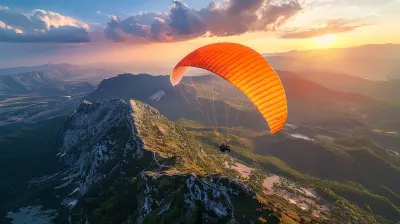
Speed Flying: The Ultimate Adventure in the Skies
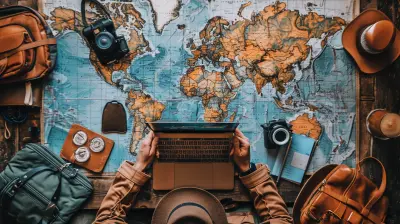
Exploring the Business Travel Experience in Remote Work Cultures
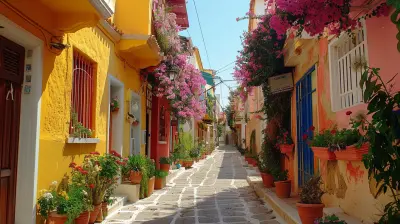
Ancient Wonders and Modern Beauty in Athens

Beyond the Beach: Cultural Treasures of Remote Island Destinations
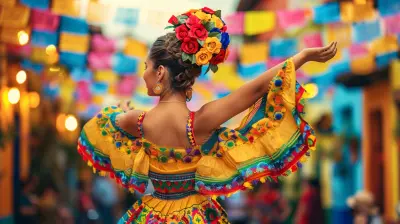
How Cultural Festivals Influence Local Economies